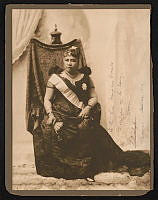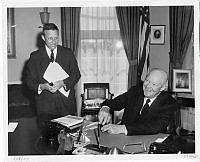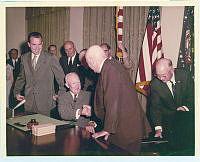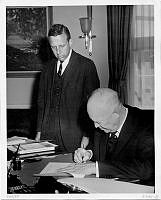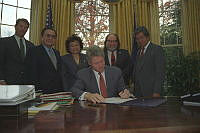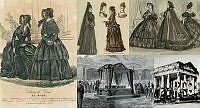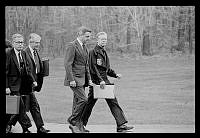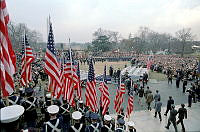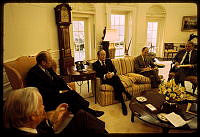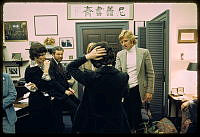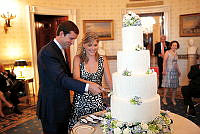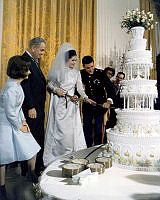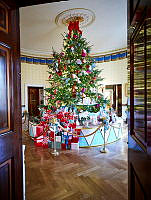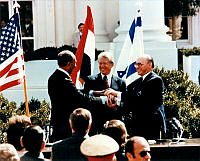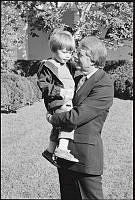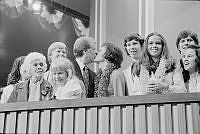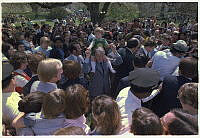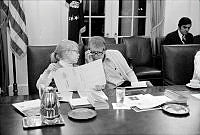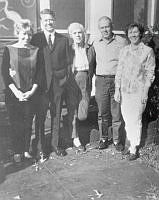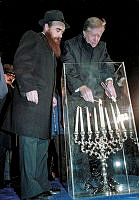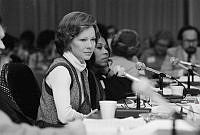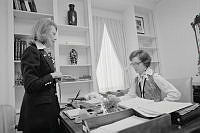White House Decorative Arts in the 1830s
Copyright © White House Historical Association. All rights reserved under international copyright conventions. No part of this article may be reproduced or utilized in any form or by any means, electronic or mechanical, including photocopying, recording, or by any information storage and retrieval system, without permission in writing from the publisher. Requests for reprint permissions should be addressed to books@whha.org
Andrew Jackson’s 1829 inaugural reception drew throngs of supporters to the President’s House. Their exuberant descent on the house left a wake of broken china and soiled seat cushions. A $14,000 appropriation was used to repair and refurbish the interior and replace the broken china and glassware. Additional funds were acquired to finish and furnish the East Room with blue upholstered furniture and mahogany tables made in Philadelphia. During his second term, Jackson sold off old furniture to buy an elegant silver service. Andrew Jackson left the presidency in 1837 having spent $45,000 for new furnishings, an enormous sum at that time.
Despite a severe economic depression triggered by a bank crisis in 1837, President Martin Van Buren purchased fine glassware, gilt-bordered tableware, marble tables, and large chandeliers. His White House took on a regal tone, and a guest referred to Van Buren as the “prince of Democracy”. Notably, he replaced the crimson wall coverings and fabrics of the Oval Room with silver wallpaper and light blue satin. It would be called the Blue Room from that point forward. Criticism of Van Buren’s aristocratic lifestyle would contribute significantly to his loss in the 1840 election.

Center Table. Anthony Gabriel Quervelle, Philadelphia, c. 1829. Three monumental mahogany tables with black and gold inset into their round tops stood under Jackson's East Room chandeliers.













